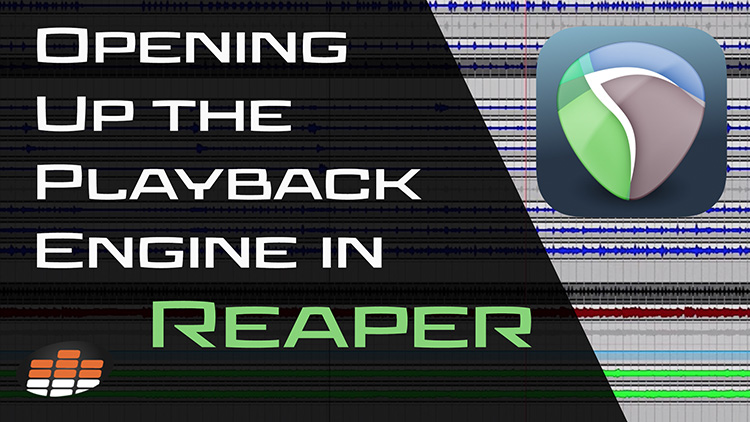Adam Steel runs the Hop Pole Recording Studio in Greater Manchester, England. He and his team are dedicated to combining modern production with classic principles in order for artists to create their own ‘modern classic’ recordings with efficiency and ease. Hop Pole’s style means artists can create in the most relaxed and efficient way possible, making their experience everything they want it to be.
Adam also runs the ever-growing Hop Pole YouTube channel where he offers gear reviews, mixing/mastering tutorials, Mac vs PC and general tech talk, and of course — Reaper tutorials!
In this excerpt from his Ultimate Reaper Course — a 9-hour, ultra-comprehensive look inside Reaper — Adam shows how to use and configure the playback engine. ‘Playback engine’ is a term usually associated with Pro Tools, but it’s a good one that fundamentally describes the settings we’re after.
Info about your audio system and interface, sample rate, hardware buffer size, and more are found in Reaper’s device preferences. This section is easily accessed by clicking the sample rate and I/O settings seen in the upper righthand corner of a Reaper session.
With device preferences open you’ll be able to choose your audio interface from a dropdown menu; request Reaper to change sample rate; request Reaper to change the hardware buffer size, which impacts latency; open ASIO configuration (on a Windows machine).
For quick reference, buffer size — called block size in Reaper — can be set to a lower number to reduce latency while recording at the cost of processing power, or set to a higher number to increase processing power with added latency while recording. Generally speaking, you can set the buffer size lower for recording and higher for mixing. Somewhere in the middle at 256 is a good place to start!
Check out Adam Steel’s explanation below, and stay tuned for more Reaper tutorials!





